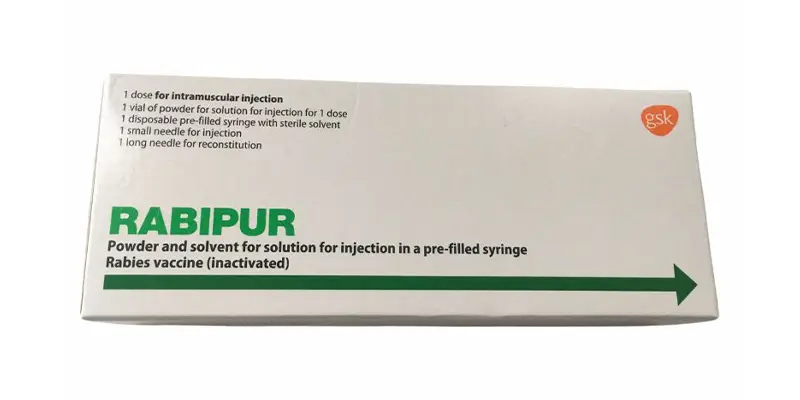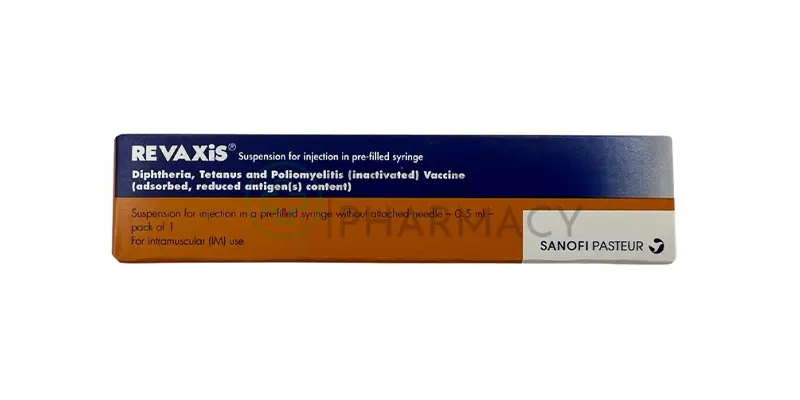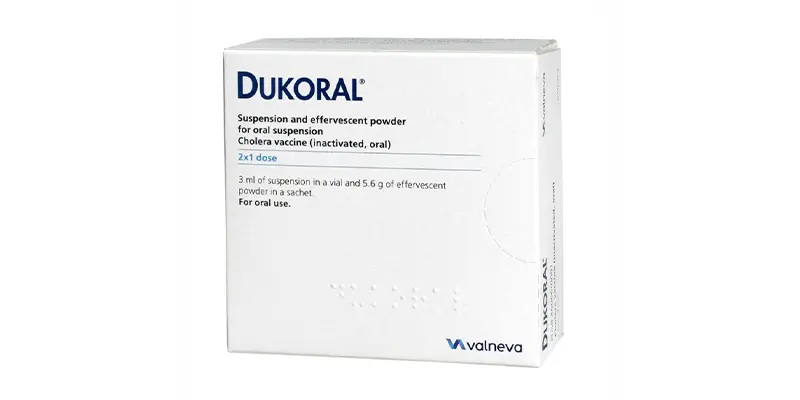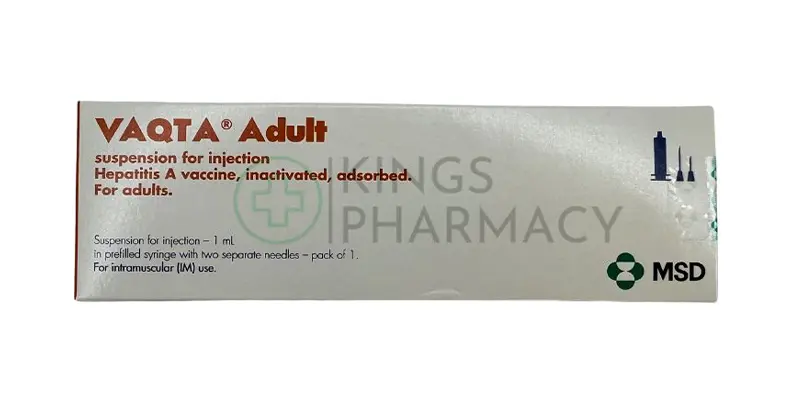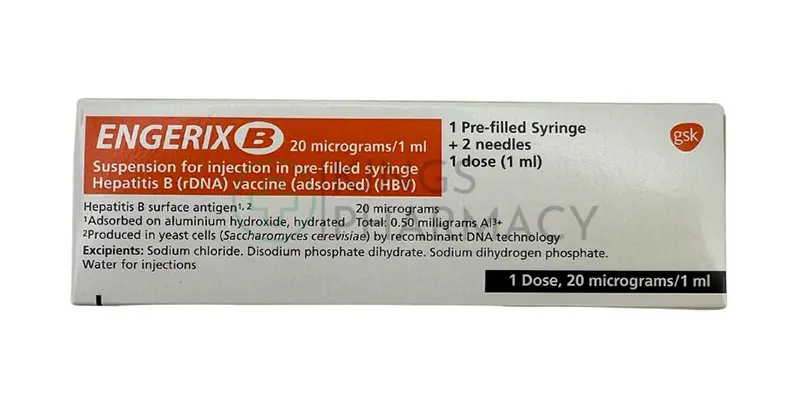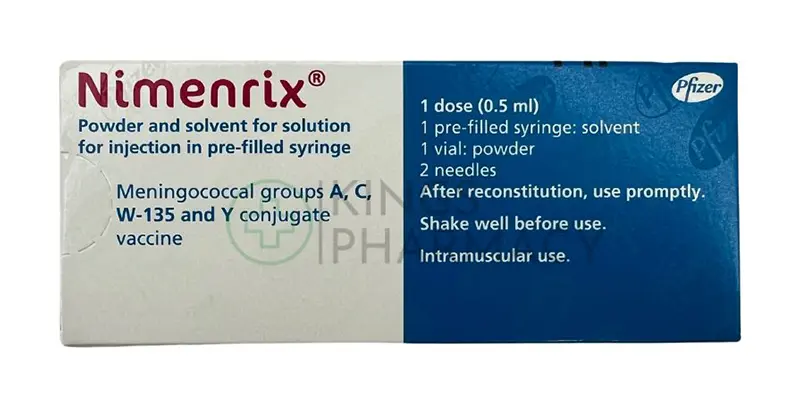Rabies Vaccination
The rabies vaccine is a crucial tool in preventing the deadly viral infection caused by the rabies virus, which affects the central nervous system. Administered both pre-exposure for high-risk individuals and post-exposure following potential rabies contact, the vaccine stimulates the immune system to produce antibodies against the virus. Timely vaccination is essential, as rabies is almost always fatal once clinical symptoms appear. Widely used for humans and animals, the rabies vaccine has significantly reduced the incidence of this once widespread and feared disease.
Select Quantity
What is Rabies?
Rabies is a viral infection that affects the nervous system, leading to severe brain inflammation. It is transmitted primarily through the bite or scratch of an infected animal, commonly dogs, bats, raccoons, or other wildlife. Rabies can be fatal once symptoms appear, but the disease is preventable if treated promptly after exposure.
Symptoms of Rabies
The initial symptoms of rabies may include:
- Fever
- Headache
- Fatigue
- Pain or itching at the site of the bite As the infection progresses, more severe symptoms may develop, including:
- Anxiety, confusion, or agitation
- Difficulty swallowing, drooling
- Paralysis
- Seizures
- Hallucinations Once clinical symptoms appear, rabies is almost always fatal. Immediate medical attention is critical after exposure.
Who Should Consider the Rabies Vaccine?
The rabies vaccine is recommended for individuals at high risk of exposure to the virus, including:
- Animal handlers, veterinarians, and wildlife workers
- People traveling to areas where rabies is common, particularly if they will be interacting with animals
- People engaging in outdoor activities in remote areas with a high risk of animal bites (e.g., hiking, camping)
- Individuals who have frequent contact with bats or other wildlife
The vaccine is also given to individuals who may have been exposed to rabies, typically as part of post-exposure prophylaxis (PEP).
How Is the Rabies Vaccine Administered?
The rabies vaccine is typically administered as a series of 3 doses over a 3-week period. For those exposed to rabies or at high risk, a pre-exposure vaccination regimen can provide long-term protection. If someone is bitten by an animal that may carry rabies, immediate treatment with a post-exposure regimen, which includes the vaccine and sometimes rabies immune globulin (RIG), is required.
Effectiveness of the Rabies Vaccine
The rabies vaccine is highly effective in preventing the disease if given before or immediately after exposure. When administered before exposure (pre-exposure vaccination), the vaccine provides long-lasting protection. When given after exposure (post-exposure prophylaxis), it is nearly 100% effective in preventing rabies if started promptly.
Side Effects of the Rabies Vaccine
The rabies vaccine is generally safe and well-tolerated. Common side effects include:
- Pain or swelling at the injection site
- Fever
- Headache
- Fatigue These side effects are typically mild and resolve within a few days. Serious side effects are rare but can include allergic reactions, which require immediate medical attention.
When Should You Get the Rabies Vaccine?
For people at high risk of exposure to rabies, vaccination should be administered before potential exposure, particularly if traveling to areas where rabies is common. The vaccine should be started well in advance of travel, ideally several weeks before departure. If you are bitten or scratched by an animal that could be infected, seek medical attention immediately, even if you have already been vaccinated.
Post-Exposure Prophylaxis (PEP)
If exposed to rabies through an animal bite or scratch, immediate post-exposure prophylaxis is crucial. PEP includes a series of rabies vaccinations and, if needed, rabies immune globulin (RIG). Treatment must begin as soon as possible after exposure for maximum effectiveness.
Additional Preventive Measures
In addition to vaccination, it’s important to take other precautions to avoid rabies exposure:
- Avoid contact with animals that may carry rabies, particularly stray dogs, bats, and wild animals
- Seek immediate medical attention if bitten, scratched, or licked by an animal in an area with rabies risk
- Ensure that pets are vaccinated against rabies
What is rabies and how is it transmitted?
Rabies is a viral infection that affects the central nervous system and is almost always fatal once symptoms appear. It is transmitted through the bite or scratch of an infected animal, typically dogs, bats, or other mammals. The virus is present in the saliva of the infected animal.
Who should receive the rabies vaccine?
The rabies vaccine is recommended for people at high risk of exposure, such as those traveling to areas where rabies is common, certain laboratory workers, and those who work with animals. Post-exposure prophylaxis (PEP) is also crucial for anyone who has been bitten or scratched by a potentially rabid animal.
What does the rabies vaccination schedule involve?
For pre-exposure prophylaxis, the vaccine is typically given as a series of three doses: on days 0, 7, and 21 or 28. For post-exposure prophylaxis, the vaccination schedule includes a series of four or five doses, depending on the individual's previous vaccination status, administered on days 0, 3, 7, 14, and sometimes 28.
Are there any side effects associated with the rabies vaccine?
Common side effects of the rabies vaccine include mild pain and redness at the injection site, headache, and mild fever. Serious side effects are rare but can include allergic reactions. It's important to report any severe reactions to your healthcare provider.
How effective is the rabies vaccine?
The rabies vaccine is highly effective in preventing rabies when administered according to the recommended schedule. For pre-exposure prophylaxis, it provides protection from the disease, while for post-exposure prophylaxis, it can prevent the onset of rabies if administered promptly after exposure.
How long does immunity last after receiving the rabies vaccine?
Immunity from pre-exposure vaccination typically lasts for several years, but the exact duration can vary. For those at ongoing risk of exposure, booster doses may be recommended. Post-exposure prophylaxis provides immediate protection and is effective as long as the full course is completed.




